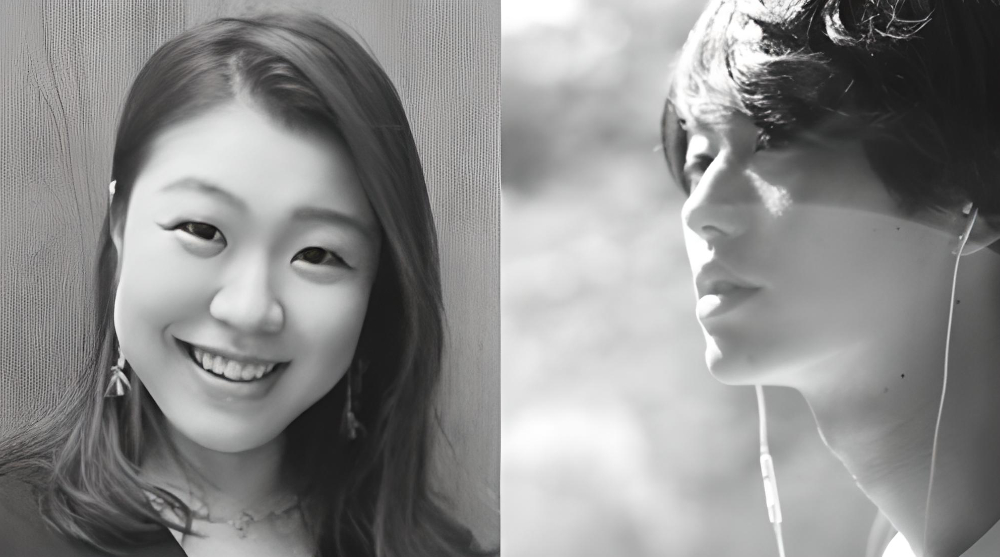We’d like to take the opportunity to introduce you to the 1st and Student prize winners of our "Children’s Hospice" competition – Yuta Sugasawa and Miku Yashiki from Japan!

1st and Student prize winners from Waseda University
Miku : I'm currently 2 nd year master’s student at Yoshiaki Akasaka and Takeshi Hagiwara Laboratory, Waseda University, majoring in Architecture in Tokyo, Japan. While earning a bachelor's degree in Arts Policy and Management from Musashino Art University, I went to Art and Architecture School of Waseda University and entered the world of Architecture. In laboratory, I conduct research and design on the history of architecture and art with the aim of pursuing comprehensive and practical architectural design theory and design methods that connect architecture and art.
Yuta : While a student at Aoyama Gakuin University, I was struck by the miniature paintings and creativity of "AKIRA" and began painting. But I feel no creativity in painting the world as it is as I see it, and a yearning for creation through form arises.This is why I was a member of Norihiko Dan's seminar and worked Norihiko Dan And Associates from an intern to parttime job.I studied architectural design through working experiences from scratch. As I made study models for new projects I was fascinated by production process. Through such experiences I was convinced that architectural design was what I really wanted to do.I decided to go Art and Architecture School of Waseda University as a double school because Aoyama Gakuin University doesn't have architectural design program. Currently I'm 2nd year master’s student at Nobuaki Furuya Laboratory, Waseda University, majoring in Architecture in Tokyo, Japan.
Brief information about the projects that you/your company have been involved with. For instance, what scale have you focused on/preferred, any significant projects where the company/ individuals have been involved?
Miku : At university, I have been researching spaces for prayer since my graduation design work (Diploma). Outside of the university, I am not limited to the framework of architecture, but also design and coordinate spaces and stage equipment for dance performances. And I do value not only the visible form but also the invisible form.
Yuta : In graduate school, I am researching dynamic equilibrium in architecture. I am trying to create a paradigm shift in the way architecture is perceived by incorporating a system of dynamic equilibrium into architecture, which is considered to be the definition of life.
What does architecture mean to you and what is the role of an architect in your society?
Miku: The land and streets on which architecture is built carry the accumulated time, culture, and history. I am interested in how to originatively create in the current modern society while discovering the layers of such activities. I want to be an architect who can listen to the voice of Genius Loci (spirit residing in the ground).
Yuta: When dynamic equilibrium, considered as the definition of life, is incorporated into architecture, the architecture takes in the external environment through dynamic openings, just as an organism breathes and feeds. Every component repeats destruction and regeneration, barely maintaining a certain state. In other words, I believe that architecture does not depend on the structural members themselves, but on their "flow".
Why do you participate in architecture competitions?
We strongly believe that contests are the most effective means of acquiring knowledge. While working in a design firm is valuable for honing professional skills, it often restricts creative freedom. Design competitions, on the other hand, foster idea generation and provide creative suggestions. Moreover, we firmly hold the belief that architecture is not merely the product of an individual, but rather a creation that considers the needs of others. The current competition entails designing a hospice for terminally ill children. In our view, architecture should facilitate a harmonious connection between humans and the natural environment that surrounds them. By prioritizing physical sensations such as wind, sound, scent, and tactile experiences, we strive to design architecture that embraces the influence of "others" — including materials, traditions, users, and unexpected encounters. Our aim is to imbue our designs with a sense of attachment and love.
What advice would you give to individuals who struggle to decide whether it would be beneficial for them to participate in architecture competitions?
By participating in this competition, you can challenge not only technical aspects such as drawing, computer graphics, and presentation board expressions, but also the ability to effectively communicate your design intentions to individuals whom you cannot present to directly. The skill of communicating with unseen others holds great importance in international competitions. Despite being in the process of growth ourselves, participating in this competition will provide you with the opportunity to acquire the skills necessary to explore various methods of designing and presenting your ideas in a way that enables anyone to comprehend the intentions of the designer.
Top 3 Reasons Why You Should Enter Architecture Competitions
Curious about the value of architecture competitions? Discover the transformative power they can have on your career - from igniting creativity and turning designs into reality, to gaining international recognition.
Learn more



























